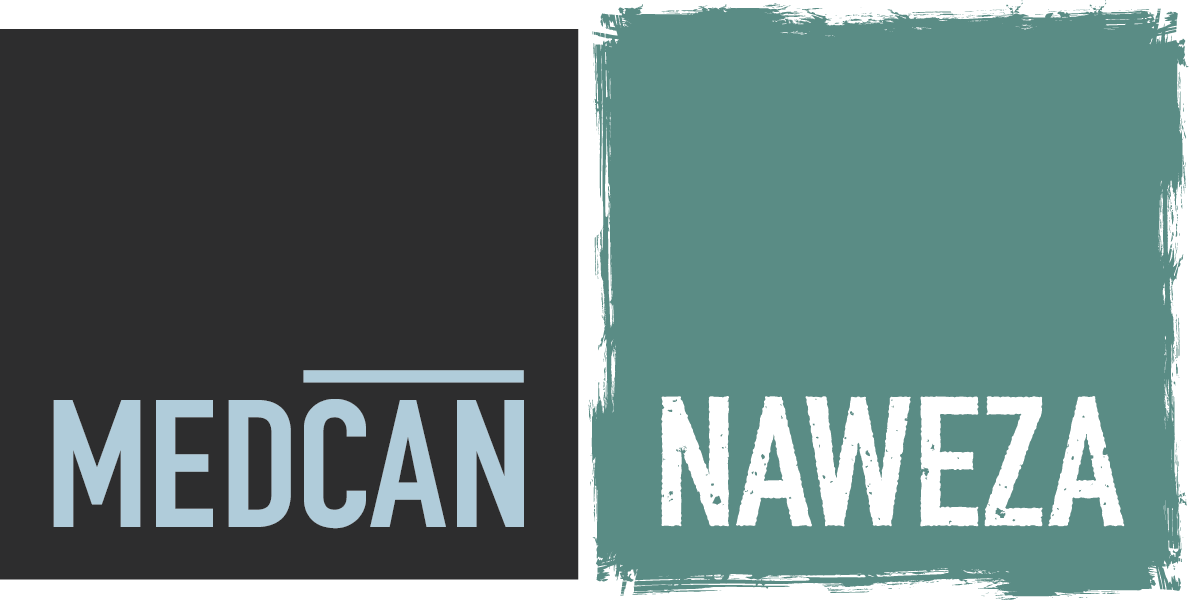Wow, what a week with our Fluorspar family! I think we all feel that we made big strides in all of our initiatives. The chronic disease program is progressing nicely with weekly clinics assessing patient’s risk of chronic disease. We’ve begun the community health care worker program collecting patient data out in the field and sending it via cell phone back to the clinic database. The vision program also is humming along with the clinic able to provide basic vision care, prescription eyewear and reading glasses. We were most pleased with the clinic’s enthusiasm with MSK having designated an entire building to provide MSK services to the community. We’ve donated an assessment table to them and look forward to helping furnish more of the required equipment.
We are also very excited about beginning virtual case review with the clinical officers discussing their complicated cases with Medcan doctors in Toronto. We’ve donated an iPad to them which they will use to Skype the Medcan Clinic beginning this Friday. This will allow for continued learning throughout the year during times when we are not there.
We also had a chance to meet with different organizations, including World Spine Care and AMPATH who we may be able to partner with in order to bring the best strategies and resources to the Fluorspar clinic. We have a lot to learn about working in Kenya and so one of our goals is to speak with as many people/organizations as possible to listen and learn from them. We see so many opportunities to help and the temptation is to take them all on. But we believe the more effective strategy is to select just a few areas, take our time, listen to the clinic, listen to other organizations and be happy with hopefully moving them along the spectrum. Perhaps the impact occurs slowly at the beginning but if we focus our energies the momentum will come and the change will be more indelibly imprinted on the practices of the clinic.
So, next steps!
Our confirmed next trip will be in the Fall. First and foremost we will continue with the Chronic Disease program and ensure it is running well. The specialty clinic we’ll run will be centered around women’s health, family planning and children. They have also requested we bring in a dermatologist as this is the 2nd most common issue at the clinic. We will also be visiting our other sister clinic Lewa Downs, a conservancy about 250 kms northeast of Nairobi. It will prove to be a very exciting busy 2 weeks!
So until then, thanks for reading. Don’t forget to follow us on Instagram, Facebook and Twitter. And please continue to check in on our website for updates on the program.
- Stacy


















